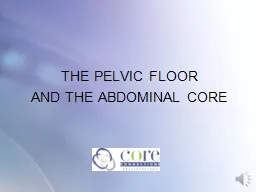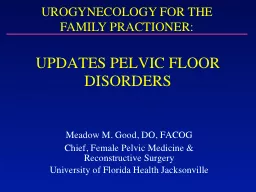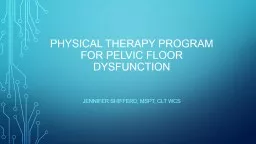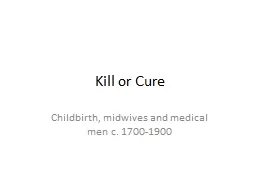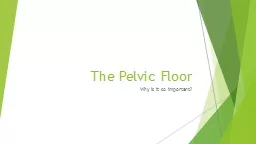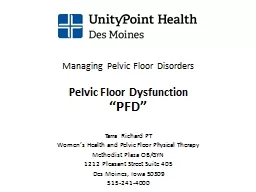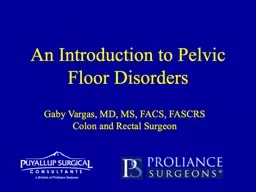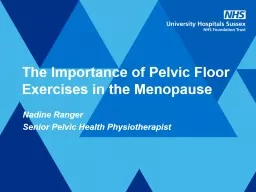PPT-Vaginal CHILDBIRTH PELVIC FLOOR INJURY
Author : davies | Published Date : 2024-02-02
POP UI FI Sexual Dysfunction PFD The pelvic floor is primarily made up of the levator ani and coccygeus muscles ie paired puborectalis pubococcygeus and
Presentation Embed Code
Download Presentation
Download Presentation The PPT/PDF document "Vaginal CHILDBIRTH PELVIC FLOOR INJURY" is the property of its rightful owner. Permission is granted to download and print the materials on this website for personal, non-commercial use only, and to display it on your personal computer provided you do not modify the materials and that you retain all copyright notices contained in the materials. By downloading content from our website, you accept the terms of this agreement.
Vaginal CHILDBIRTH PELVIC FLOOR INJURY: Transcript
Download Rules Of Document
"Vaginal CHILDBIRTH PELVIC FLOOR INJURY"The content belongs to its owner. You may download and print it for personal use, without modification, and keep all copyright notices. By downloading, you agree to these terms.
Related Documents


